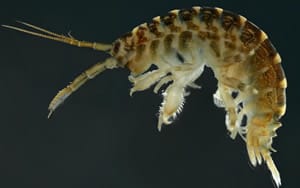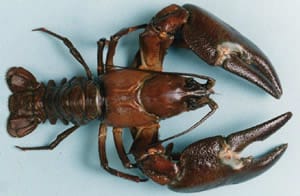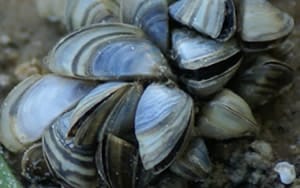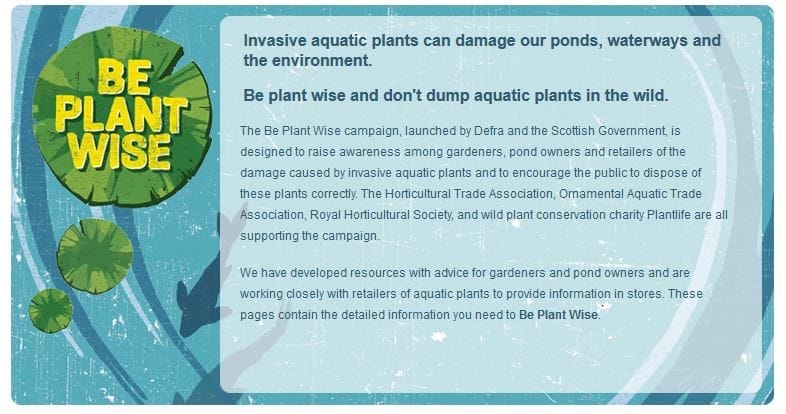Bio-security for Anglers is about reducing the risk of introducing or spreading invasive non-native species (and other harmful organisms such as diseases) in the wild.
How often do you think about bio-security when you go fishing? My guess would be not a lot but it is now hugely important we all take note of the issue and we should not treat lightly.
[one_third]  [/one_third][one_third]
[/one_third][one_third] [/one_third][one_third_last]
[/one_third][one_third_last]
[/one_third_last]
Much damage has been caused to our environment by the introduction of non-native species to our country side and rivers. These non-native species are plants and animals that have been introduced to a place where they do not naturally occur. Sometimes this can be deliberate like the introduction of the grey squirrels and signal crayfish to this country and at other times can be caused purely by thoughtless human act.
After a fishing expedition do you dry your waders or leave them wet in the boot of your car until the next trip on maybe a different river and in a different part of the country. The bugs and seeds that were hiding in the nooks and crevices of your waders can then easily be transferred from one river system to another. Unwittingly by your actions you could have spread a non-native species from one river system to another.
Principles of Bio-security for Anglers
- While most anglers are vigilant about the risk of spreading non-native species and diseases, there is a real risk that those that aren’t could accidentally spread these organisms, harming the environment and potentially damaging the reputation of the sport.
- Non-native species could be spread in any water or material. Anglers should take care to avoid moving these between water bodies
Actions
- Anglers should make themselves aware of some of the priority non-native species.
- Adequate signage or guidance should be in place, making all anglers aware of the risk, and providing advice on how to prevent spread.
- Any site may have invasive non-native species and diseases that can be spread by contaminated clothes and equipment, so good biosecurity is always important. Remember: everyone, every time, everywhere.
- If you are visiting a site where an invasive non-native species is known to be present, you must ensure you don’t spread it. Failure to do so risks prosecution under the Wildlife & Countryside Act, 1981.
- Risk can be reduced by reducing the contact time in which equipment is exposed to the water.
- If possible, nets and drogues should be provided at the site and used in preference to personal angling equipment.
- Bass bags should not be allowed in the water and thoroughly cleaned after use.
Check, Clean, Dry disinfection procedure.
- Check – All clothing and equipment should be thoroughly inspected and any visible debris (mud, plant or animal matter) should be removed and left at the water body where it was found. Particular attention must be paid to the seams and seals of boots and waders. Any pockets of pooled water should be emptied.
- Clean – Equipment should be hosed down or pressure-washed on site. If facilities are not available equipment should be carefully contained, e.g. in plastic bags, until they can be found. Washings should be left at the water body where the equipment was used, or contained and not allowed to enter any other watercourse or drainage system (i.e. do not put them down the drain or sink). Where possible, clean equipment should be dipped in disinfectant solution (e.g. Virkon) to kill diseases, but note this is unlikely to kill non-native species.
- Dry – Thoroughly drying is the best method for disinfecting clothing and equipment. Boots and nets should be hung-up to dry. Equipment should be thoroughly dry for 48 hours before it is used elsewhere. Some non-native species can survive for as many as 15 days in damp conditions and up to 2 days in dry conditions, so the drying process must be thorough.
Further information on invasive non-native species can be found on the NNSS web site.



